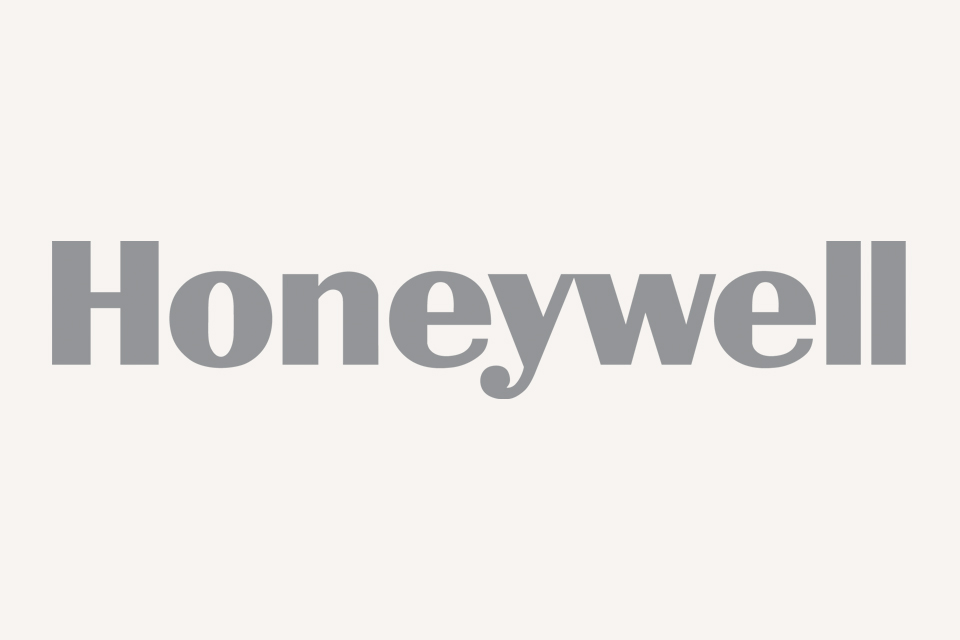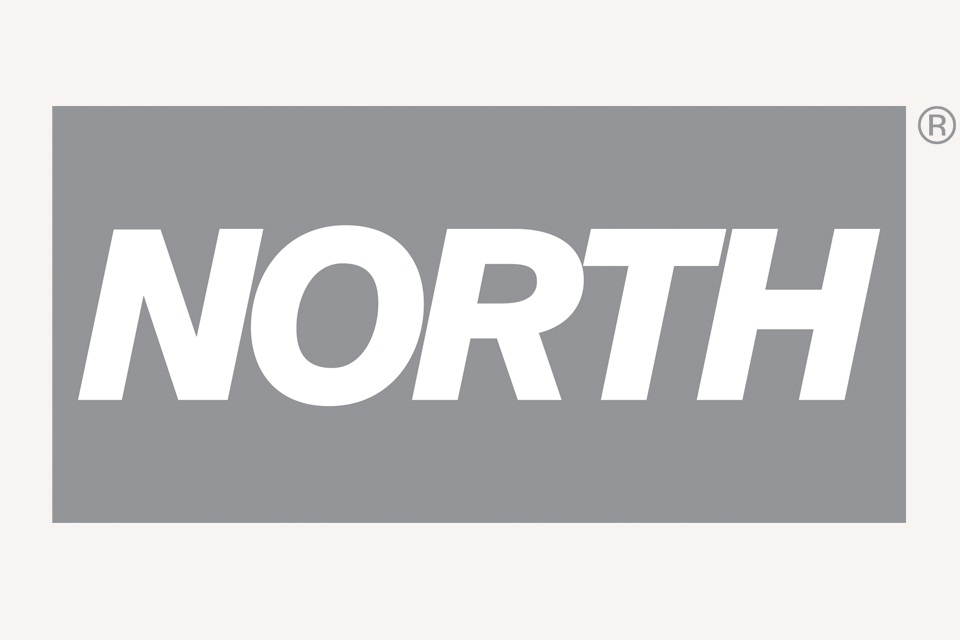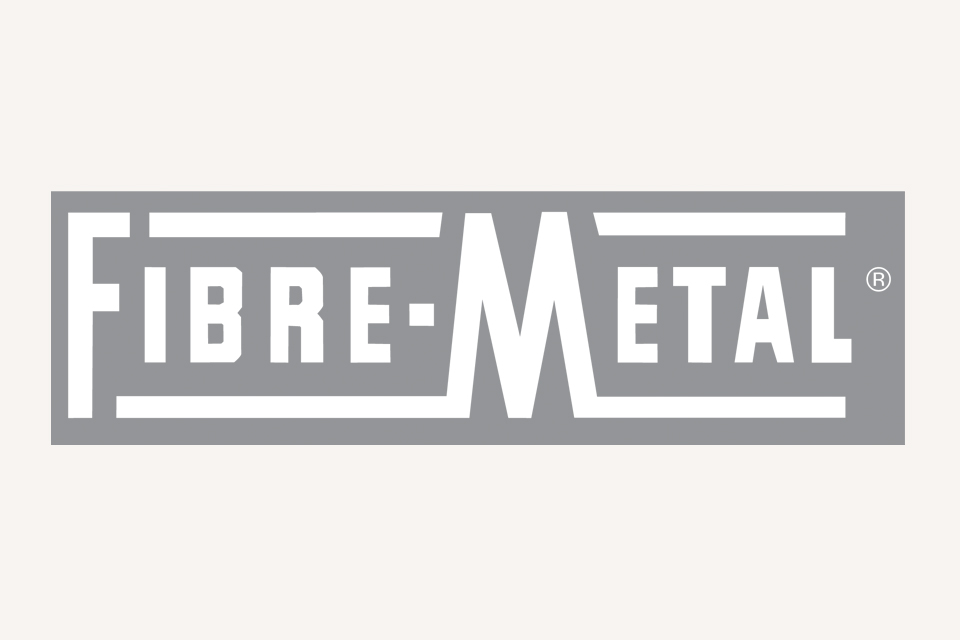Recommended Care for Fibre-Metal® and North® Hard Hats and Bump Caps
The information below is intended to provide wearers of hard hats and bump caps a guideline for proper care and inspection of head protection equipment
WARNING: Failure of proper care and inspection of your safety equipment may result in serious personal injury or death.
Service life: Hard Hats are one of the most common pieces of safety equipment, used in a wide variety of environments. Honeywell Safety Products manufactures North® & Fibre-Metal® hard hats to rigorous standards, but like all safety equipment, they have a limited lifespan. It is important to carefully inspect your hard hat every day to ensure that it maintains its protective quality. Below is a recommended procedure for hard hat inspection:
- Visually inspect the hard hat for cracking and gouging, paying close attention to the edges of the hard hat. Replace the hard hat IMMEDIATELY if you see any cracks, holes or gouges in the plastic shell. If the hard hat suffers from any type of impact/impalement, or any type of fall greater than 8 feet, replace the hard hat immediately, even if you do not see any visible cracking or damage.
- Check the structural integrity of the hard hat. There are many conditions in the workplace that may adversely affect the useful lifespan of your hard hat. These conditions include but are not limited to: UV exposure (such as that from sunlight); temperature extremes (both hot and cold); chemical exposure; and daily wear and tear.
- Visually inspect the suspension. Check all parts to ensure that the fabric is not frayed or torn and that the plastic parts are not cracked or damaged. If the suspension is damaged or exhibits signs of excessive wear (fraying, tearing or cracking), then replace the suspension IMMEDIATELY. It is recommended that the maximum service life of a hard hat be 5 years for the shell and 1 year for the suspension. This timeframe is based upon the date the hard hat is put into service, not the manufacture date.
It is recommended that you note the first day of service life by writing it on the ANSI or CSA certification label found on the inside of the hard hat. As required by both ANSI and CSA, a thorough inspection of the hat and suspension should be conducted before each use.
Care and storage: You can help ensure the maximum service life of your hard hat by following these simple care and storage procedures:
- The buildup of workplace contaminants can hide cracks and gouges. Gently wash your hard hat with warm, mild, soapy water at least once per week. Removing the buildup of workplace contaminants will help you to make the most thorough inspection of your hard hat.
- Store your hard hat in a place where it will not come in contact with, or become subject to, any of the following:
- Sunlight/UV radiation
- Chemicals
- Temperature extremes (hot and/or cold)
- An impact from any object
General hard hat usage: Hard hats are used in a wide array of workplace environments. Some of these environments may require adjustments to the hard hat. It is important to adhere to the recommendations for the following:
Wearing the hard hat backwards: There are many applications where you may need to wear your hard hat backwards. Before doing so, look for the reverse orientation performance mark (shown on the right) that indicates the hard hat meets the reverse donning standards stated in ANSIZ89.1 or CSAZ94.1. Once confirmed, you can safely wear your hard hat in reverse. In order to do this with a standard suspension, the suspension must be removed, reversed, and reinstalled. If you have a Fibre-Metal hard hat with the patented Swingstrap™ suspension, you can easily convert your hard hat from forward to reverse position in a matter of seconds while keeping the suspension intact. The locking mechanism (ratchet or pin-lock) always functions at the back of your head; it is designed to cradle the base of your skull, which ensures that the hard hat stays in place.
Wearing baseball caps or placing objects under the hard hat or between the suspension and shell: The ANSI Z89.1 and CSAZ94.1 standards require that a minimum distance between the hard hat and suspension is maintained in order to provide full protection. Do not place any object between the hard hat shell and the suspension! A baseball cap or other similar object may reduce the functionality of the suspension, resulting in hard hat failure. You may place a smooth cloth, such as a bandana, under the suspension of the hard hat provided there is no bunching or folding of the cloth between the hard hat suspension and your head. Winter liners and cooling headwear should not affect the performance of a hard hat if these products are worn properly and are fitted smoothly on the head.
Stickers and labels: Non-metallic stickers or reflective tape placed at least 1/2 inch above the edge of the brim will not affect the dielectric classification of the headwear. Keep in mind that adding stickers and labels to a hard hat makes it much more difficult to inspect the shell for cracks and damage. Pay close attention to the areas around and under the labels or stickers. You may have to remove the suspension and carefully check the underside of the hard hat shell in order to properly inspect the site of the label or sticker. Painting the hard hat shell: Paint contains chemicals that will interfere with the performance and integrity of the hard hat shell. Do not (under any circumstances) paint the shell of a hard hat!
- Insect repellant should not be applied to headwear because it can degrade headwear material and reduce the level of protection.
Drilling holes: Never drill ventilation holes in a safety hat. Headwear should never be drilled or otherwise modified in order to attach accessories or decorations. Making holes in headwear severely affects a product’s dielectric protective properties. For certain products, manufacturers provide kits for attaching accessories, but such modifications should be performed strictly in accordance with the instructions provided by the manufacturer.
References
Document originaly prepared by Honeywell Safety Products
www.honeywellsafetyproducts.com
CANADA: 888-316-7233
US: 1-800-430-4110


